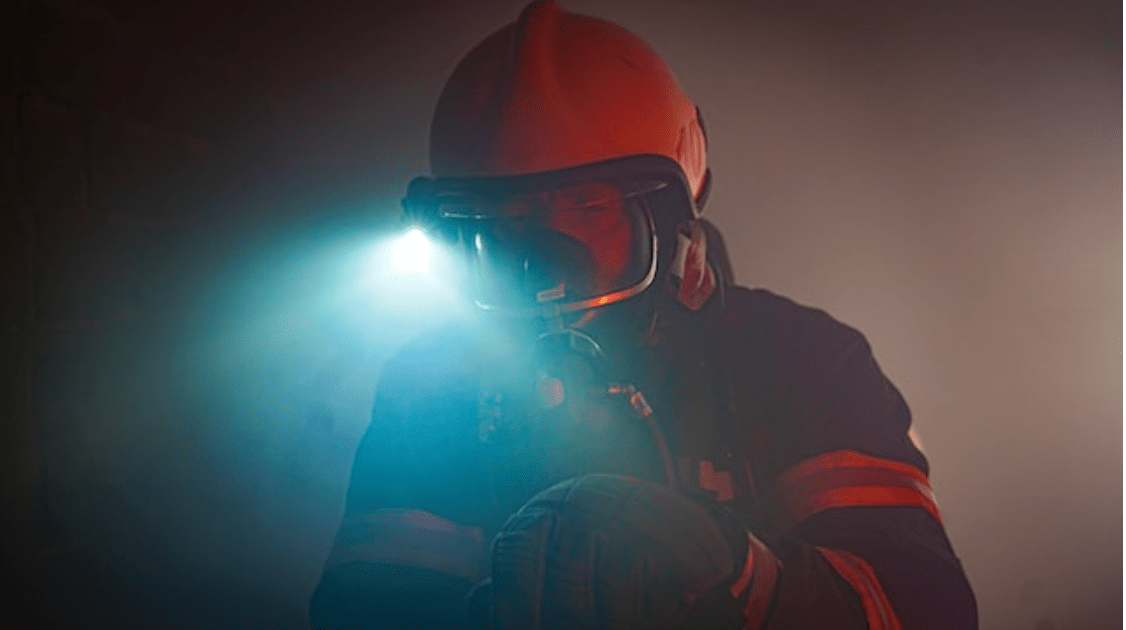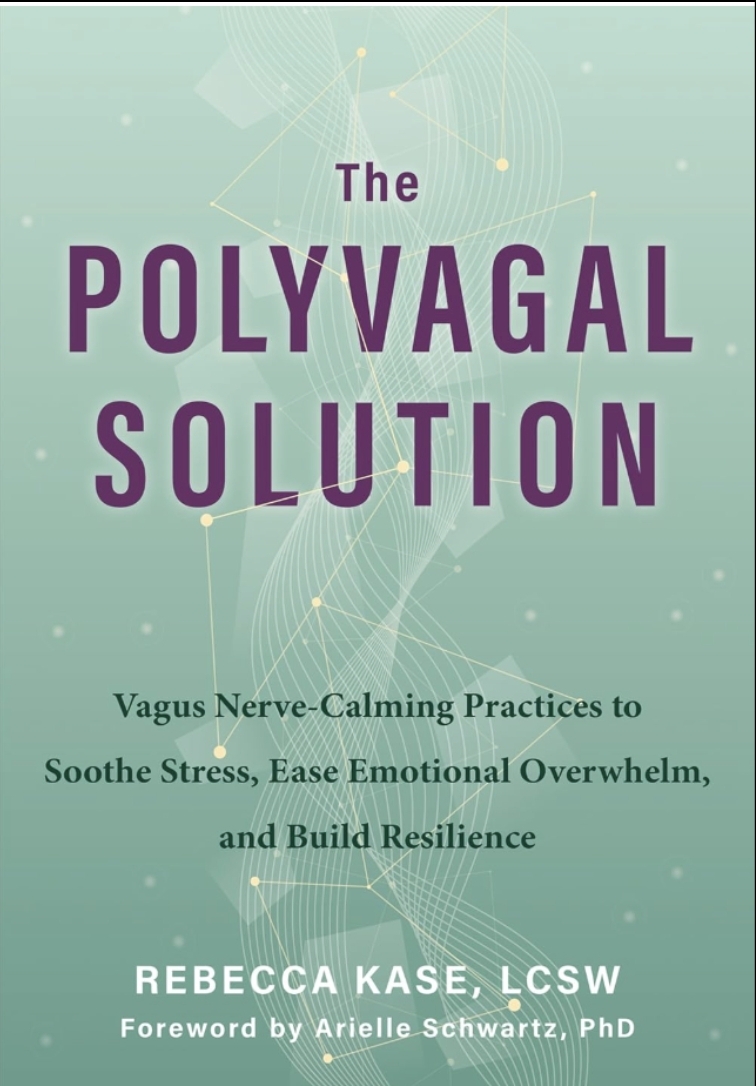Lifestyle
Professional Security Guards: Reducing Risk from Fire Hazards

Fire hazards can be a major risk to businesses and organizations, costing millions of dollars in damages every year. Property owners and managers must take proactive steps to protect their premises from fire-related disasters. Professional security guards are an invaluable resource in reducing the potential risk from fire hazards. With their specialized training and experience, security guards can identify fire hazards and implement preventive measures that help keep people and property safe.
Fire Hazards
Fire hazards are a serious concern for businesses and property owners. From electrical malfunctions to grease buildup, there are countless ways that a fire can start in any given space. Professional security guards play an important role in reducing the risk of fire hazards by identifying potential problems before they turn into disasters. By constantly monitoring the premises, security guards can quickly spot issues such as overloaded power outlets or improperly stored flammable materials, and take action to correct them.
In addition to monitoring for potential hazards, professional security guards can also help educate employees and tenants on proper fire safety protocols. This includes everything from ensuring that smoke detectors are functioning properly to conducting regular drills and training sessions on how to respond in the event of a fire. By taking proactive measures like these, security guards can help reduce the risk of fires starting in the first place and minimize damage if one does occur.
Overall, professional security guards play an essential role in helping businesses and property owners protect their assets from fire hazards. With their constant vigilance and commitment to safety protocols, they provide peace of mind for all those who work or live within the protected space.
Causes of Fire Hazards
Fire hazards are a major concern for any property owner or manager. These hazards can arise from a variety of sources, including electrical faults, flammable materials, and smoking. Electrical equipment such as overloaded sockets and damaged wiring can spark fires that quickly spread if not immediately contained. Flammable materials like paper, wood, and chemicals can also ignite easily when exposed to heat or open flames. Finally, smoking is one of the leading causes of fires in commercial buildings due to improperly discarded cigarettes.
To mitigate these risks, it’s important for property owners to take proactive measures such as regular maintenance of electrical systems and enforcing smoking policies. Professional security guards can also play a vital role in preventing fire hazards by monitoring the premises for potential risks and responding quickly in case of an emergency. They can conduct routine inspections to identify potential fire hazards and ensure proper safety protocols are in place. In addition, they can provide training and education on fire prevention techniques for employees and visitors alike to minimize the likelihood of incidents occurring on the premises.
Benefits of Professional Fire Watch Services
Professional fire watch services offer a range of benefits to businesses in need of temporary fire protection. One of the main advantages is that it allows businesses to comply with local and state fire codes, which often require fire watches during construction, maintenance, or repair activities. By hiring professional guards for fire watch duty, businesses can avoid costly fines and legal penalties for noncompliance.
Another benefit of professional fire watch services is the peace of mind they provide. Fire incidents can happen at any time and can quickly turn into catastrophic events if not detected and addressed early on. With trained guards on duty around the clock, businesses can rest assured that they are taking all necessary measures to prevent fires from occurring and minimizing their impact should one occur.
Professional fire watch services offer valuable support to first responders in case of an emergency. Guards are trained to detect signs of smoke or flames, assess risks, notify authorities promptly, and guide occupants safely out of harm’s way until firefighters arrive on site. This collaboration between security personnel and first responders can significantly reduce property damage and human casualties while ensuring rapid response times when every second counts.
Strategies to Reduce Risk
In order to minimize the risk of fire hazards, professional security guards need to be equipped with the right strategies. One effective strategy is to ensure that all fire safety equipment is in good working condition and easily accessible at all times. This includes smoke detectors, fire extinguishers, sprinkler systems, and emergency exits. Regular inspections and maintenance should also be conducted to ensure that these systems are functioning properly.
Another important strategy is to educate employees on fire safety measures. Security guards can conduct training sessions for all staff members on how to prevent fires from starting in the first place, as well as how to respond if a fire does occur. This education can include information on proper storage of flammable materials, safe use of electrical equipment, and evacuation procedures.
Lastly, security guards can work with building management or owners to develop an emergency response plan specifically for potential fire hazards. This plan should outline roles and responsibilities for employees during a crisis situation and identify evacuation routes. The plan should also be regularly reviewed and updated as necessary based on changes in building layout or occupancy levels.
By implementing these strategies, professional security guards can reduce the risk of fire hazards in any given facility and create a safer environment for employees and visitors alike.
Lifestyle
The Missing Piece in Self-Help? Why This Book is Changing the Wellness Game

Self-help shelves are full of advice — some of it helpful, some of it recycled, and most of it focused on “mindset.” But Rebecca Kase, LCSW and founder of the Trauma Therapist Institute, is offering something different: a science-backed, body-first approach that explains why so many people feel struck, overwhelmed, or burned out — and what they can actually do about it.
A seasoned therapist and business leader, Kase has spent nearly two decades teaching others how to navigate life through the lens of the nervous system. Her newest book, “The Polyvagal Solution,” set to release in May 2025, aims to shake up the wellness space by shifting the focus away from willpower and onto biology. If success has felt out of reach — or if healing has always seemed like a vague concept — this book may be the missing link.
A new way to understand stress and healing
At the heart of Kase’s approach is polyvagal theory, a neuroscience-based framework that helps explain how our bodies respond to safety and threat. Developed by Dr. Stephen Porges, polyvagal theory has transformed the way many therapists understand trauma, but Kase is bringing this knowledge to a much wider audience.
“The body always tells the truth,” Kase says. “If you’re anxious, exhausted, or always in overdrive, your nervous system is asking for support, not more discipline.”
“The Polyvagal Solution” makes this complex theory digestible and actionable. Instead of promising quick fixes, Kase offers strategies for regulating the nervous system over time, including breathwork, movement, boundaries, and daily practices that better align with how the human body functions. It’s less about pushing through discomfort and more about learning to tune in to what the body needs.
From clinical expertise to business insight
What sets Kase apart isn’t just her deep understanding of trauma but how she blends that knowledge with real-world experience as a business owner and leader. As the founder of the Trauma Therapist Institute, she scaled her work into a thriving company, all while staying rooted in the values she teaches.
Kase has coached therapists, executives, and entrepreneurs who struggle with burnout, anxiety, or feeling disconnected from their work. Regardless of who she works with, though, her message remains consistent: the problem isn’t always mindset — it’s often regulation.
“Success that drains you isn’t success. It’s survival mode in disguise,” Kase explains. Her coaching programs go beyond traditional leadership training by teaching high achievers how to calm their nervous systems, enabling them to lead from a grounded place, not just grit.
Making the science personal
For all her clinical knowledge, Kase keeps things human. Her work doesn’t sound like a lecture but rather like a conversation with someone who gets it. That’s because she’s been through it herself: the long hours as a therapist, the emotional toll of supporting others, the realities of building a business while managing her own well-being.
That lived experience informs everything she does. Whether she’s speaking on stage, running a retreat, or sharing an anecdote on her podcast, Kase has a way of weaving humor and honesty into even the heaviest topics. Her ability to balance evidence-based practice with practical advice is part of what makes her voice so compelling.
Kase’s previous book, “Polyvagal-Informed EMDR,” earned respect from clinicians across the country. But “The Polyvagal Solution” reaches beyond the therapy community to anyone ready to understand how their body is shaping their behavior and how to create real, sustainable change.
Why this message matters
We’re in a moment where burnout is common and overwhelm feels normal. People are looking for answers, but many of the tools out there don’t address the deeper cause of those feelings.
That’s where Kase’s work lands differently. Instead of telling people to “think positive” or “try harder,” she teaches them how to regulate their own biology. And in doing so, she opens the door for deeper connection, better decision-making, and more energy for the things that matter.
As more workplaces begin to embrace trauma-informed leadership, more individuals are seeking solutions that go beyond talk therapy and motivational content. Kase meets that need with clarity, compassion, and a toolkit rooted in both science and humanity.
A grounded approach to lasting change
What makes “The Polyvagal Solution” stand out is its realism. It doesn’t ask readers to overhaul their lives but instead asks them to listen — to pay attention to how their bodies feel, how their stress patterns manifest, and how even small shifts in awareness can lead to significant results over time. Whether you’re a therapist, a team leader, or someone trying to feel more at ease in your own skin, this book offers a way forward that feels both grounded and achievable.
Rebecca Kase isn’t just adding another title to the self-help genre. She’s redefining it by reminding us that we don’t have to muscle our way through life. We just have to learn how to work with, not against, ourselves.
And maybe that’s the real game-changer we’ve been waiting for.
-

 Tech4 years ago
Tech4 years agoEffuel Reviews (2021) – Effuel ECO OBD2 Saves Fuel, and Reduce Gas Cost? Effuel Customer Reviews
-

 Tech6 years ago
Tech6 years agoBosch Power Tools India Launches ‘Cordless Matlab Bosch’ Campaign to Demonstrate the Power of Cordless
-

 Lifestyle6 years ago
Lifestyle6 years agoCatholic Cases App brings Church’s Moral Teachings to Androids and iPhones
-

 Lifestyle4 years ago
Lifestyle4 years agoEast Side Hype x Billionaire Boys Club. Hottest New Streetwear Releases in Utah.
-

 Tech7 years ago
Tech7 years agoCloud Buyers & Investors to Profit in the Future
-

 Lifestyle5 years ago
Lifestyle5 years agoThe Midas of Cosmetic Dermatology: Dr. Simon Ourian
-

 Health6 years ago
Health6 years agoCBDistillery Review: Is it a scam?
-

 Entertainment6 years ago
Entertainment6 years agoAvengers Endgame now Available on 123Movies for Download & Streaming for Free
